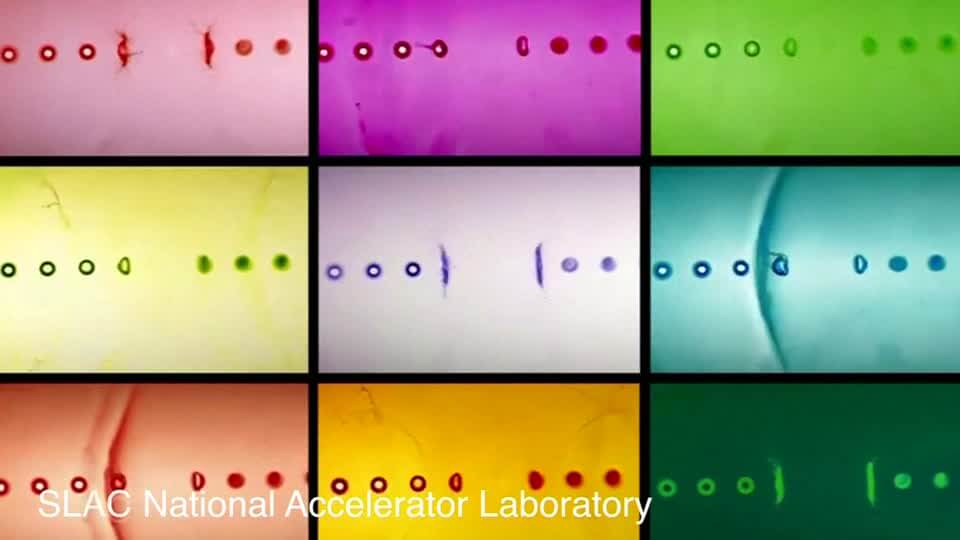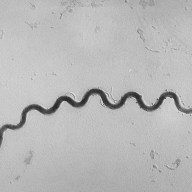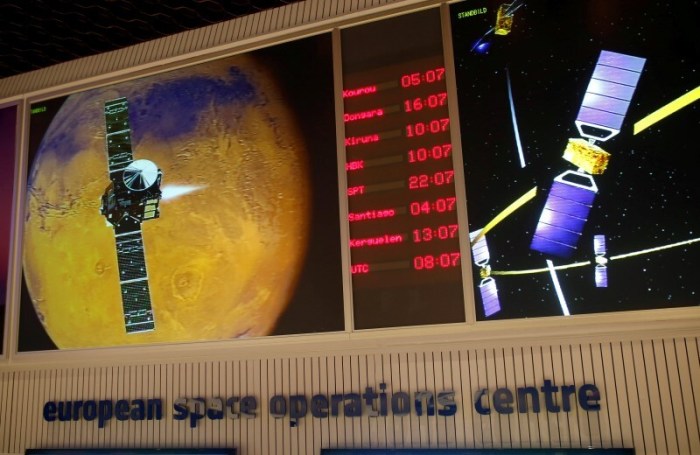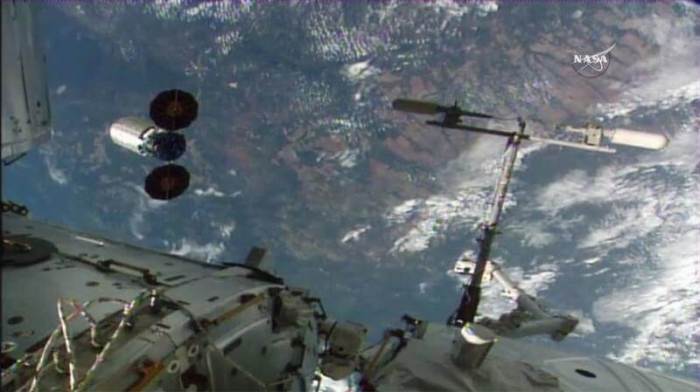tag:reuters.com,2016:binary_LOP000I1YY9F3-BASEIMAGE:960X540 fmt:jpegBaseline
tag:reuters.com,2016:binary_LOP000I1YY9F3-THUMBNAIL:160X90 fmt:jpegBaseline
tag:reuters.com,2016:binary_LOP000I1YY9F3-VIEWIMAGE:512X288 fmt:jpegBaseline
tag:reuters.com,2016:binary_LOV000I1YY9F3-STREAM:2000:16X9:MP4 fmt:H264/mpeg
tag:reuters.com,2016:binary_LOV000I1YY9F3-STREAM:300:16X9:FLV fmt:flashVideo
tag:reuters.com,2016:binary_LOV000I1YY9F3-STREAM:300:16X9:MP4 fmt:H264/mpeg
tag:reuters.com,2016:binary_LOV000I1YY9F3-STREAM:5128:16X9:MP4 fmt:H264/mpeg
tag:reuters.com,2016:binary_LOV000I1YY9F3-STREAM:512:16X9:FLV fmt:flashVideo
tag:reuters.com,2016:binary_LOV000I1YY9F3-STREAM:6756:16X9:MPG fmt:mpeg
tag:reuters.com,2016:binary_LOV000I1YY9F3-STREAM:700:16X9:FLV fmt:flashVideo
tag:reuters.com,2016:binary_LOV000I1YY9F3-STREAM:700:16X9:MP4 fmt:H264/mpeg
tag:reuters.com,2016:binary_LOV000I1YY9F3-STREAM:80:11X9:3G2 fmt:3gpp2MultimediaFile
tag:reuters.com,2016:binary_LOV000I1YY9F3-STREAM:80:11X9:3GP fmt:3gppMultimediaFile
tag:reuters.com,2016:binary_LOV000I1YY9F3-STREAM:8256:16X9:MP4 fmt:H264/mpeg
By Ben Gruber
(Reuters) – Scientists have recorded the first ever microscopic movies of water being vaporized by the world’s brightest X-ray laser.
Aside from creating a series of mesmerizing videos, the data gathered at the Department of Energy’s SLAC National Accelerator Laboratory, in Menlo Park, California, could shed new light on X-ray lasers, and how these extremely bright, fast flashes of light take atomic-level snapshots of some of nature’s speediest processes.
“It could also help us find new ways of using explosions caused by X-rays to trigger changes in samples and study matter under extreme conditions,” says Claudiu Stan of Stanford PULSE Institute, a joint institute of Stanford University and SLAC.
“These studies could help us better understand a wide range of phenomena in X-ray science and other applications.”
The team injected water into the path of the laser as a series of individual drops, as well as a continuous jet. As each individual X-ray pulse hit the water, a single image was recorded, timed from five billionths of a second to one ten-thousandth of a second after the pulse. These images were then strung together to create the movies.
Liquids are commonly used to put scientific samples into the path of an X-ray beam for analysis. The experiments show in detail how the explosive interaction unfolds and provides clues as to how it could affect X-ray laser experiments.
The study was published this week in the journal Nature Physics.
(Reporting by Leela de Kretser; Editing by Chris Reese)


















